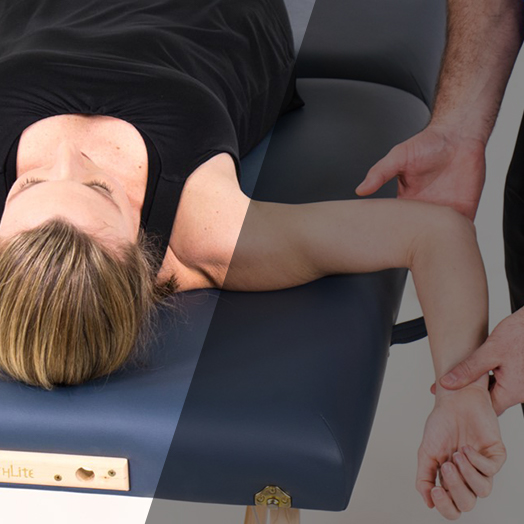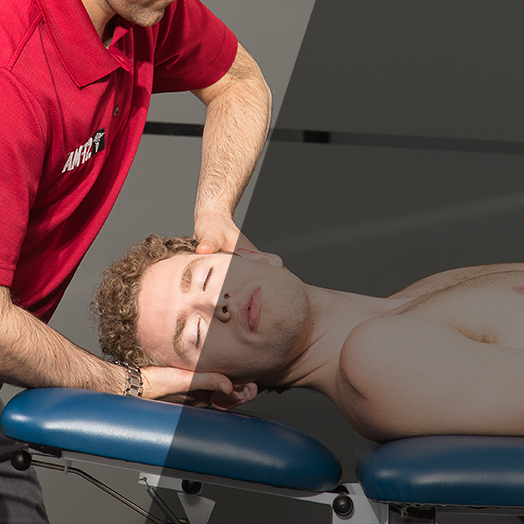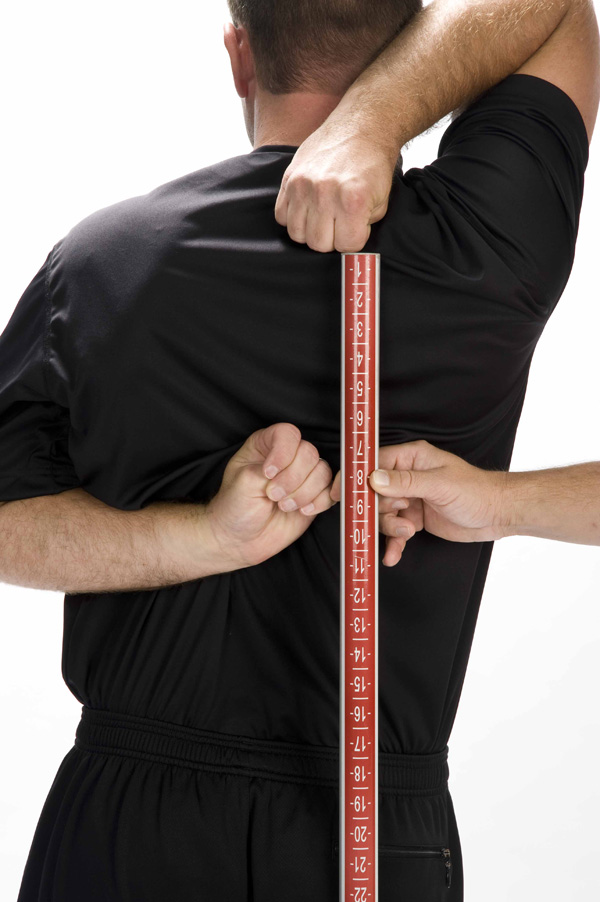What exactly is Dry Needling?
Written by Gray Cook SFMA
Gray, you’ve talked about dry needling a number of times. Can you explain what that is? Is it the same or similar to acupuncture?
It’s the same in that we use the same equipment—acupuncture needles. I have friends who practice Chinese medicine in a traditional form who consider some of the needling techniques in classic acupuncture as very similar to dry needling techniques.
Dry needling, the way it’s taught and used now, is different than acupuncture for two reasons. First, it’s used simply for a musculoskeletal reason than a holistic medicine reason. One of the terms that’s been kicked around is intramuscular manual therapy, meaning doing manual therapy on the inside of the muscle.
Second, and this is not to take away from acupuncture, I do dry needling in my physical therapy practice. I appreciate traditional Chinese medicine and respect it. When asked if I do acupuncture, my answer would be, “No, but I do dry needling.”
Here’s where the difference comes in.
When I do a musculoskeletal examination and find soft tissue problems—a muscle that’s doing too much or not enough—in the past as a physical therapist, I could use a laser, ultrasound, electrical stimulation, my thumbs or my elbows, different tools, manipulation or mobilization.
There are many techniques to try to get muscles to reset so I could then take the patient into exercise, maybe tape a little bit and provide some re-training.
 What has happened over recent years because of new research, we’ve learned that a well-placed needle right into a trigger point or right into the soft tissue can reset that muscle with less pain and less work than sometimes even my hands could do. This intrigued me.
What has happened over recent years because of new research, we’ve learned that a well-placed needle right into a trigger point or right into the soft tissue can reset that muscle with less pain and less work than sometimes even my hands could do. This intrigued me.
When I was in Canada studying for my manual therapy certification, the best physical therapists there were using needles—dry needling. As soon as my state of Virginia made that opportunity available to physical therapists, I signed up for the study and training and to become certified in dry needling. I’m not really practicing acupuncture. I’m simply using a needle in my existing musculoskeletal practice. I’m already practicing musculoskeletal medicine and with dry needling, I’m just adding a tool.
And it’s a powerful one. I’ve seen some amazing results and have personally benefited by some competent people with dry needling. It’s not the only thing I do now, but it’s definitely one of the most powerful techniques in my toolbox.
It’s changed some things for me that weren’t changed with conventional physical therapy and orthopedic treatment. It’s changed some of these issues in a very short amount of time; I’m a big fan and also a practitioner.
When we were in Long Beach at Perform Better, Sue Falsone showed us the before-and-after shots of her TMJ. Before needling, she had a real crooked jaw opening and afterward it was straight. Is this something that people with TMJ should pursue?
If it has a muscle involved, the best of the best can figure out a safe way to put a needle in that and reset it. Sometimes the superficial trigger points are easy to get to, but many times, those aren’t the ones driving the system.
Let me give you an example.
If the deep muscles in your glutes don’t do their jobs, you’ll start using the muscles in your thigh incorrectly. By doing that, you’ll develop some tightness in the thigh. You’ll get these trigger points in your thighs that a foam roller can sometimes give you some temporary relief from.
The thing you might not be aware of is that an examination would show that you actually have more problems in your hip than your thigh. So your thigh muscle was the victim of a poor movement pattern and had to work overtime because your hip wasn’t doing the job.
 You’ll point at your thigh saying, “Can you get rid of this trigger point for me?” We can rub on it and we can do other things. It’s a superficial trigger point, so I can get to it with my thumbs, but you never have any long-term relief. Every time you stress yourself out, your thighs get jacked up again. When we needle the thighs, we have a relaxing effect on the thighs, but when we needle the deep muscles of the hip, we have an activating effect.
You’ll point at your thigh saying, “Can you get rid of this trigger point for me?” We can rub on it and we can do other things. It’s a superficial trigger point, so I can get to it with my thumbs, but you never have any long-term relief. Every time you stress yourself out, your thighs get jacked up again. When we needle the thighs, we have a relaxing effect on the thighs, but when we needle the deep muscles of the hip, we have an activating effect.
Whether your muscle is overacting inappropriately or under-acting inappropriately, the needle seems to have a normalizing effect. It’s one of the best reset buttons I’ve seen.
It’s not as painful deep tissue work. It doesn’t take as long as electrical stimulation or ultrasound. There’s an immediate feedback, so we know within two or three minutes of treatment if we changed anything, from both a pain standpoint and a movement standpoint.
Sue, in showing those videos of her jaw, shows exactly what happens every day in the clinic. One of the things I’m adamant about is to not just ask patients how they feel, treat them and then ask again how they feel. We also want objective data of how they move.
The two things I want from the patients who come into my clinic are what they tell me and what they don’t tell me. That’s why I’m such a big proponent of doing movement tests. If I make you feel better but move worse, I don’t pat myself on the back. I need to make you move better.
Sometimes you’ll temporarily feel worse, but the next day, you’ll feel much better. That’s fine, but I have to be able to change movement with what I do in order to feel confident we’re moving in the right direction. I’m not just doing this to make you temporarily feel better. I have to change movement.
That’s why I think Sue is part of a new paradigm in physical therapy where she’s showing before-and-after video of this very powerful reset. When a muscle is misbehaving or acting independently, this dry needling technique has the ability to change that.
My thing is that we have to then come behind that with postural work and some exercises to keep things from defaulting back to the bad software and keep the good software on board.
It’s what I do before I throw you into exercise because I want to hit reset on your computer before I try to load any new software. It’s a great one-two punch.
 You mentioned the trigger point in the upper quadrant. I could feel where you meant as you were saying that and I’m sure a lot of people did. It affects a lot of us. How do we find a dry needler?
You mentioned the trigger point in the upper quadrant. I could feel where you meant as you were saying that and I’m sure a lot of people did. It affects a lot of us. How do we find a dry needler?
The group that trained me—and I’m going to be really biased and self-serving here—has one of the most open and effective approaches I’ve seen. I’m a fan of them, just as they’re a fan of my work. They employ a lot of immediate-based assessments and discuss the FMS in their workshops. They do a real good job with the science behind dry needling.
I’m referring to Kinetacore—a group that trains people and has a locater on their website to help you find somebody who has the dry needling skill set.
If you’re having some difficulty, find somebody to take you through this process. It’s very natural and it works. In skilled hands, it’s good stuff.
Related Resources
Please login to leave a comment
3 Comments
-

Jackie Miller 12/18/2014 7:11:07 PM
Great to hear Gray's endorsement as I have recently been using this and had great results with regards to less restriction in the quads for biking power output.
This therapy when given by a well trained therapist is time efficient and extremely effective without much down time.
Thanks for the explanation, I am more of a believer now.
-

Nancy Laurente Carter 2/1/2016 1:38:21 PM
Gray Cook is really good I used most of his informative tools to help my clients pain either muscle or joint problem well done Gray and more power.
-






